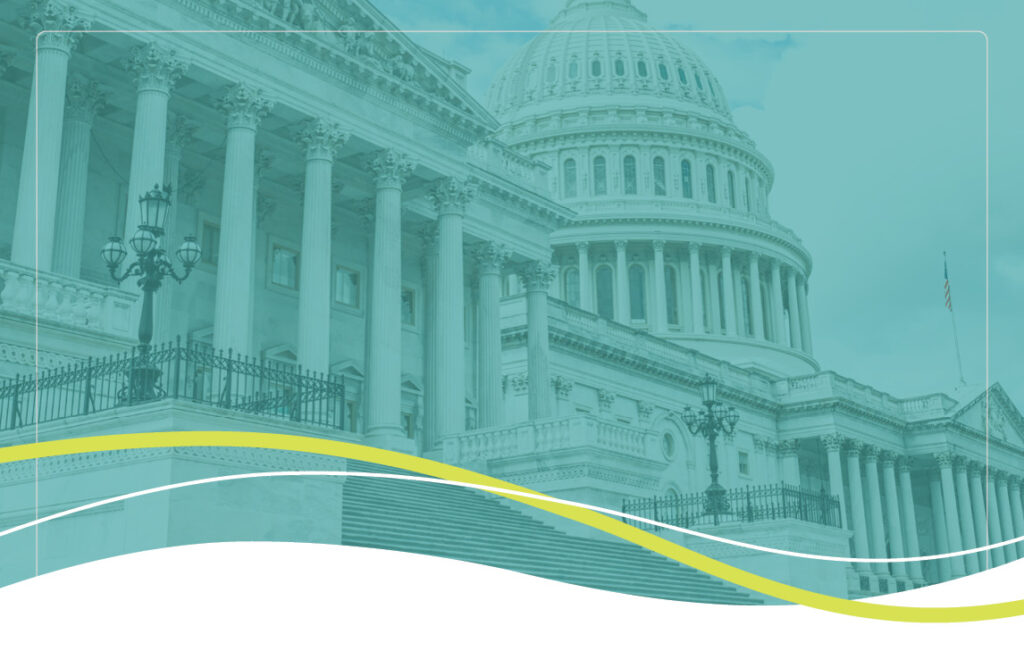Technology Innovation in Medicaid: A Pathway to Better Access and Improved Health Outcomes

The Medicaid program stands at a critical juncture. As the largest public health insurance program, covering over 80 million individuals, Medicaid plays an essential role in ensuring access to care for vulnerable populations nationwide. Beyond its impact on individual health, Medicaid also serves as a significant economic driver, supporting millions of jobs, sustaining hospitals and healthcare providers, and stimulating local and state economies through federal and state funding. Yet persistent challenges including disparities in health outcomes, administrative inefficiencies, and workforce shortages demand innovative solutions. Technology is a powerful tool that can meet these challenges head-on and drive meaningful improvements to build a stronger, more resilient program that delivers meaningful outcomes.
Harnessing Data for Proactive, Personalized Care
One of the most promising opportunities for technology innovation in Medicaid lies in leveraging data to drive better decision-making. Advanced analytics, artificial intelligence (AI), and machine learning can uncover patterns, anticipate patient needs, and enable proactive interventions, ultimately improving care delivery and health outcomes. For example:
- Predictive analytics enables health plans and providers to identify individuals at risk for chronic diseases or frequent emergency department visits, allowing for timely, targeted interventions. By analyzing historical data, predictive models help health systems anticipate future trends and optimize both clinical and operational decision-making.
- Data integration involves incorporating social services data into electronic health records (EHRs), equipping care teams with insights into non-medical factors such as food insecurity, housing instability, and transportation barriers. By capturing key social services data, care teams can connect individuals to essential resources and tailor care plans to improve health outcomes.
- Continuous data sharing between Medicaid agencies, health plans, and providers enhances care coordination by reducing duplicative services and administrative inefficiencies. Seamless data exchange enables early detection of changing patient conditions which is crucial for early diagnosis and treatment.
Embracing Telehealth and Virtual Care
The COVID-19 pandemic accelerated the adoption of telehealth in Medicaid, demonstrating its potential to expand access to care, particularly for individuals and families in rural and underserved communities. As telehealth becomes a permanent fixture in healthcare delivery, policymakers and health systems must address key considerations to ensure its long-term sustainability and effectiveness:
- Telehealth reimbursement policies need to be contemplated to maintain access to virtual care. Clear and consistent policies will encourage provider participation, ensure continuity of care, and support equitable access to telehealth services, including specialty care that may not be locally available.
- Remote patient monitoring can support care coordination and chronic disease prevention by allowing providers to track key health indicators such as blood pressure, glucose levels, and heart rate using digital devices outside of a traditional clinical setting. By facilitating early interventions and reducing unnecessary hospital visits, remote patient monitoring can improve health outcomes while promoting patient engagement in their own care. Additionally, remote patient monitoring can help specialists remotely monitor patients with complex conditions, expanding access to specialty care without requiring frequent in-person visits.
- AI-powered chatbots and digital navigation tools can help Medicaid beneficiaries by offering 24/7 access to health information, appointment scheduling, and medication reminders, improving engagement and reducing administrative burdens on providers. These technologies enhance care coordination while increasing system efficiency and cost-effectiveness. Furthermore, digital tools can help connect patients with specialists in fields such as behavioral health, cardiology, and endocrinology, addressing gaps in specialty care access, particularly in rural and medically underserved areas.
Overcoming Barriers to Adoption
While technology offers transformative opportunities for Medicaid, its adoption is not without challenges. States must navigate budget constraints, workforce shortages, and disparities in technical infrastructure, while simultaneously balancing risk levels, regulatory complexities, procurement challenges, and concerns about scalability. To ensure that innovation drives meaningful improvements in care, key strategies include:
- Embrace agile procurement and implementation process. States should explore more flexible, outcomes-driven procurement models that allow for iterative development, rapid testing, and scalable deployment of new technologies.
- Foster cross-sector collaboration between Medicaid agencies, technology vendors, healthcare providers, and community-based organizations to create comprehensive, patient-centered solutions. At the heart of this collaboration, patients and members must be central, ensuring that technology solutions are designed with—rather than for—the people they aim to serve.
- Embrace calculated and incremental risk as it is crucial to fostering innovation and achieving meaningful progress.
The Future of Innovation in Medicaid
Technology alone will not fix all of Medicaid’s greatest challenges, but when thoughtfully implemented, it can enhance our collective ability to deliver high-quality, accessible care for all. By embracing data-driven insights and expanding the use of digital health tools, Medicaid can become amore responsive, efficient, and patient-centered.
Policymakers, healthcare leaders, and technology innovators share a collective responsibility to harness these advancements in ways that improve health outcomes for the millions of Americans who rely on Medicaid. The future of Medicaid is digital, and by investing in smart, scalable innovations, we can drive meaningful change—enhancing care delivery, strengthening access, and improving the well-being of individuals, families, and communities nationwide.
Ready to make an impact? Connect with our team to learn more about our innovative solutions.





